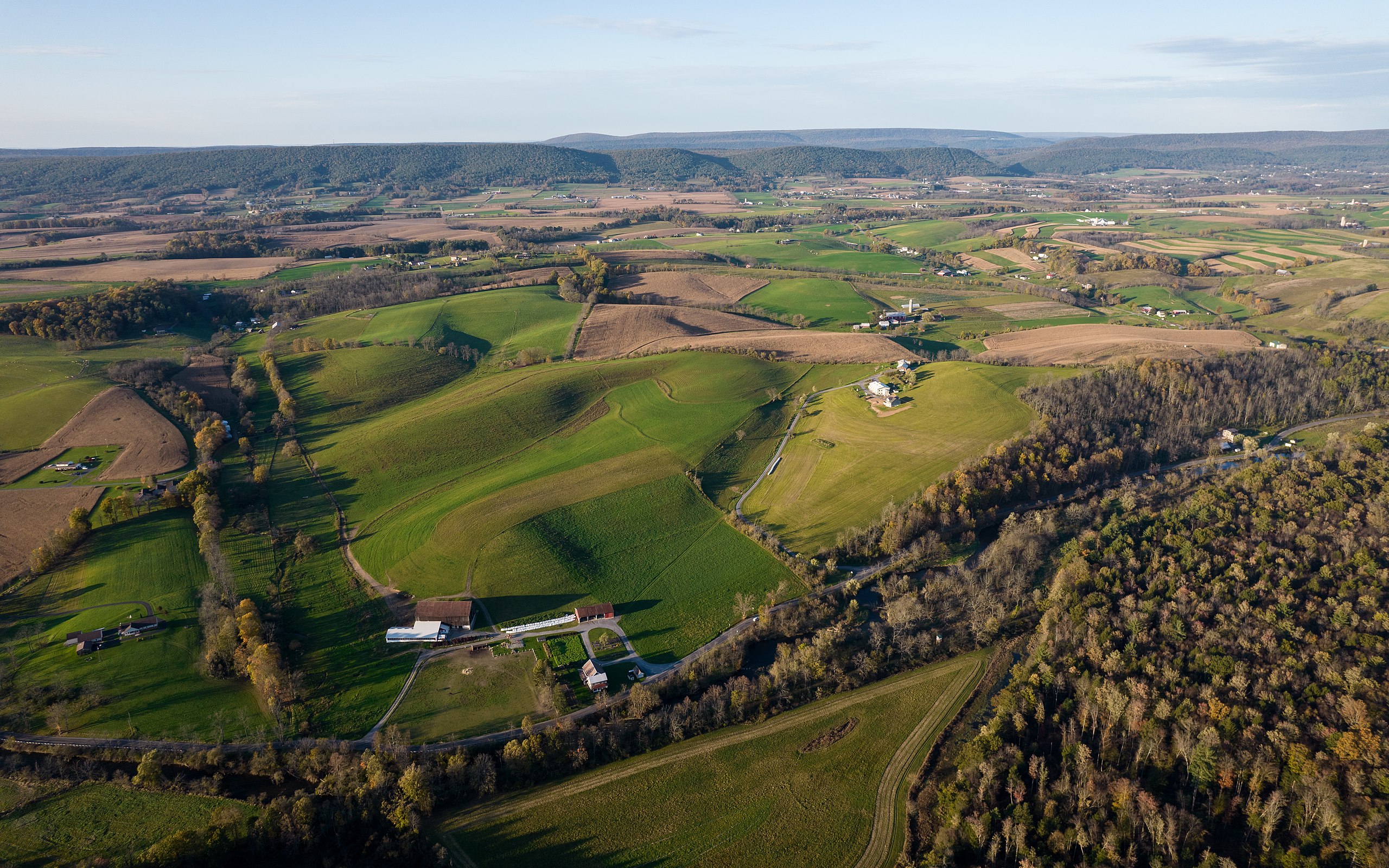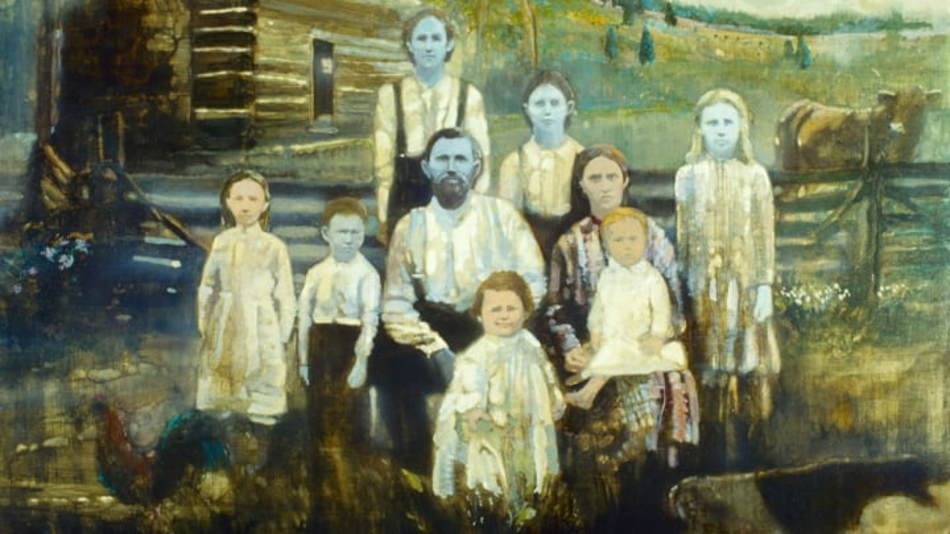Blue Fugates: The Blue People of Kentucky
In the hills of the Appalachia, a family with deep roots in the region has become a rare and intriguing sight. Their unique feature? They were born with blue skin.
While this may resemble the plot from a fantasy novel, the reality is that the Fugate family is credited with having a rare genetic phenomenon that leads to their unique skin color. But just how is this possible? Let’s delve into their fascinating story.
The State of Kentucky
The state of Kentucky is recognized for its long rolling hills, glistening lakes, and rivers that flow out in every direction. Its rich cultural history, southern cuisine, and bluegrass music make it a hot spot for national tourism.

Source: Wikimedia/Wikimedia
The Bluegrass State also has a mystery unbeknown to vast parts of the world: it’s the home of one of America’s most fascinating families, the blue-skinned Fugates.
History of the Fugate Family
The Fugate family traces their origins back to Martin Fugate, a French orphan who migrated to Troublesome Creek in 1820. Martin’s isolated life in the Appalachian region would mark the beginning of one of the most fascinating genetic tales in North American history.

Source: @xTIMExSTORYx/X
According to rumors, Martin had blue skin, yet few surviving sources confirm this. However, he passed this rare genetic phenomenon on to his descendants, who are famously known for their unique skin color.
Spreading of the Rare Gene
In the generations that succeeded Martin, the Fugates, due to their isolated nature in the Appalachian region, intermarried within their small community, including unions with the local Smith, Richie, Combs, and Stacy families.

Source: Sangharsh Lohakare/Unsplash
Due to these repeated marriages within these close-knit circles, numerous descendants of Martin were also born with blue skin.
Why Do the Fugates Have Blue Skin?
While many have assumed blue skin is a serious health concern, it is caused by a rare condition known as methemoglobinemia. This disorder leads to an abnormally high level of methemoglobin, a form of hemoglobin, in the blood.

Source: @SenecaReloaded/Twitter
The abnormal amount of methemoglobin in the blood is what gives the Fugate family their unique skin color. While rare, according to researchers, the condition is harmless.
A Fascinating Story
Speaking on the rare skin color of the Fugates, Dr. Ayalew Tefferi, a hematologist from Minnesota’s Mayo Clinic, said, “It’s a fascinating story.”

Source: Freepik
He continued, “It also exemplifies the intersection between disease and society and the danger of misinformation and stigmatization.”
Lack of Oxygen in the Blood
According to Dr. Tefferi, in those who are affected, hemoglobin cannot carry a sufficient amount of oxygen, which leads to discoloration in the lips, which turn purple, and skin that becomes ” chocolate-colored.”

Alden Chadwick/Wikimedia Commons
“You almost never see a patient with it today,” he said. “It’s a disease that one learns about in medical school, and it is infrequent enough to be on every exam in hematology,” said the Doctor.
The Doctor Who Shared the Story With the World
Dr. Madison Cawein was the first to investigate the Fugate’s condition in the 1960s after hearing rumors of the blue-skinned folk living in Ketucky’s Appalachian region.

Source: Southern Mysteries
The doctor’s research brought the family’s story into the spotlight. Cawein would also go on to identify methemoglobinemia as the leading cause of genetic disorders. He even provided the family with a treatment that reversed the blue tint.
The Last of the Blue Fugates
The last member of the Fugates family with blue skin was Benjy Stacy, who was born in 1975. His birth caused quite a stir in the medical community due to his unique skin color.

Source: Find a Grave
However, like many of his older relatives who suffered from the same gene disorder, Benjy’s blue tint lightened as he grew older. By his adult years, his skin would only turn blue when he was cold.
Rare Blue Gene Begins to Disappear
Benjy marked the end of an era for the Fugate family, as all who followed him appear to have been born without inheriting the gene disorder.

Source: freestocks/Unsplash
In modern times, the isolated community has grown and diversified, and marriages now extend well beyond the reach of the local region. In simple terms, the once prominent blue gene has become even rarer amongst the Fugate family.
What's the Chances of Being Born With Methemoglobin?
According to Dr. Tefferi, the chances of a regular human being having less than 1% methemoglobin make it extremely unlikely to exhibit any sign of blue skin.

Source: Kelly Sikkema/Unsplash
However, once this goes beyond 10%, people can begin to develop a blue tint without any existing symptoms. “If you are between 1 percent and 10 percent, no one knows you have an abnormal level, and this might be the case in a lot of unsuspecting patients,” he said.
The Captivating Story of the Blue-Skinned Fugates
The story of Kentucky’s blue-skinned family has captured the imaginations of people across the US and around the world. It has since become the subject of plays, books, and even a Netflix feature.

Source: Joe Scott/YouTube
While the Fugates now have a slim chance of being born with blue skin, the legend of their ancestors will live on as one of the most intriguing mysteries of the past century.
